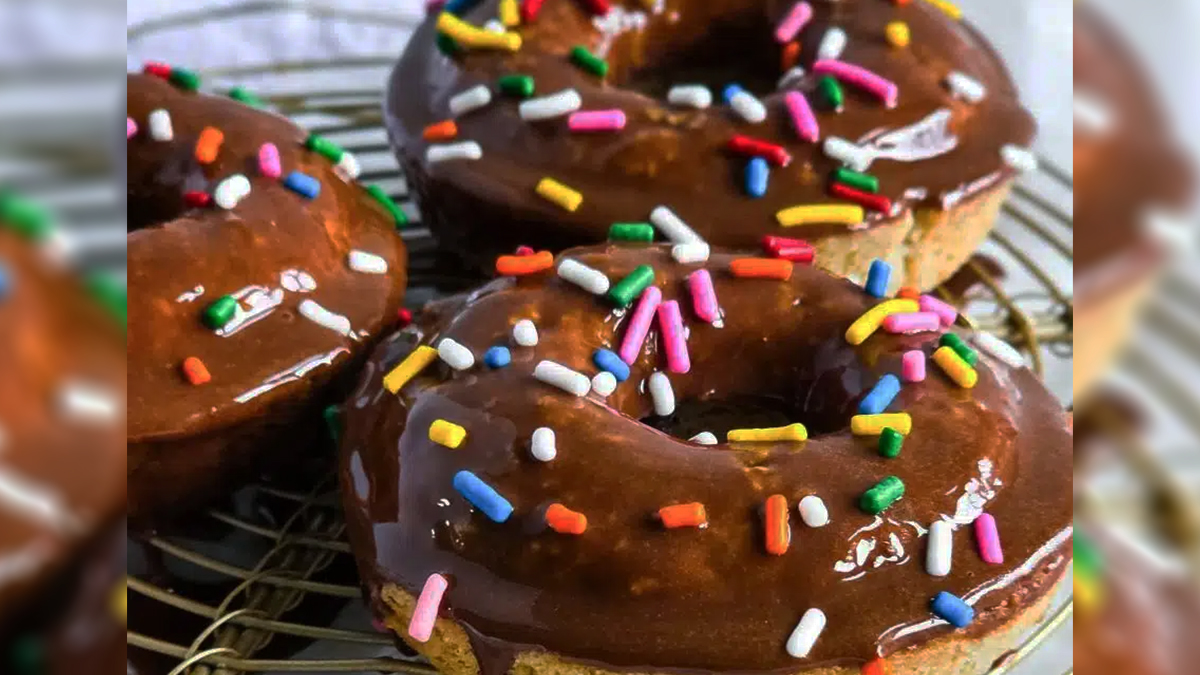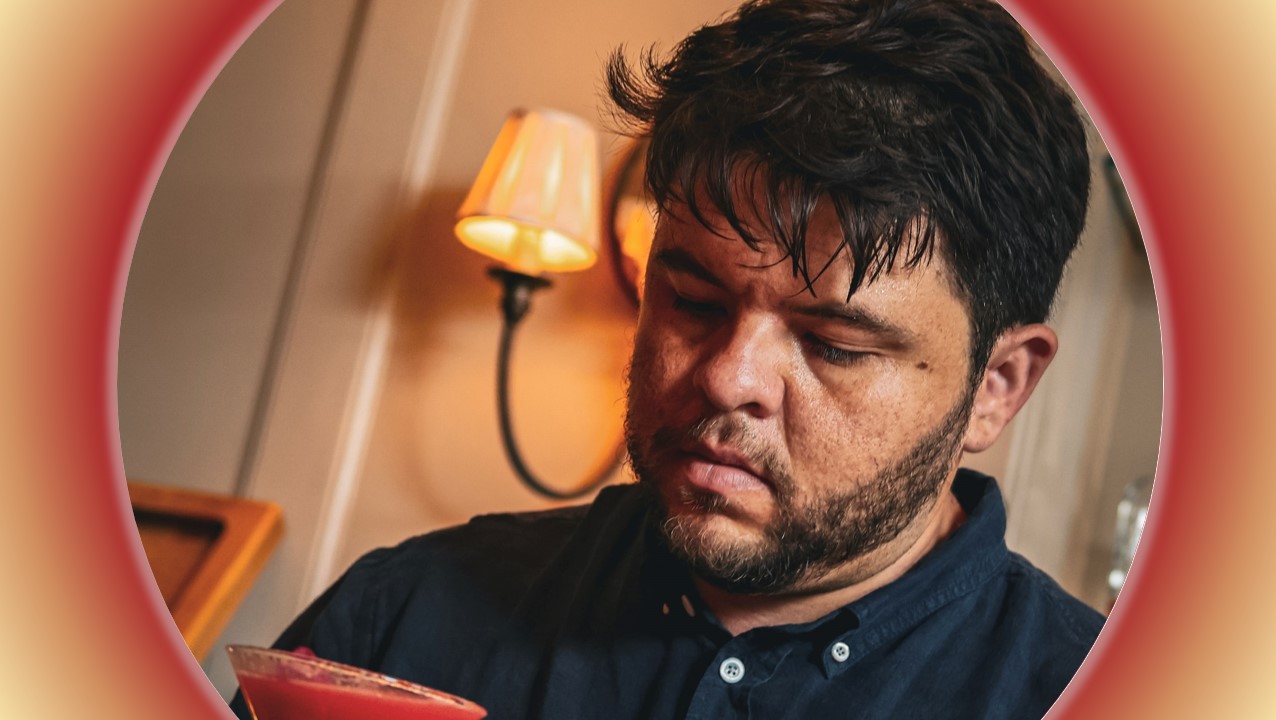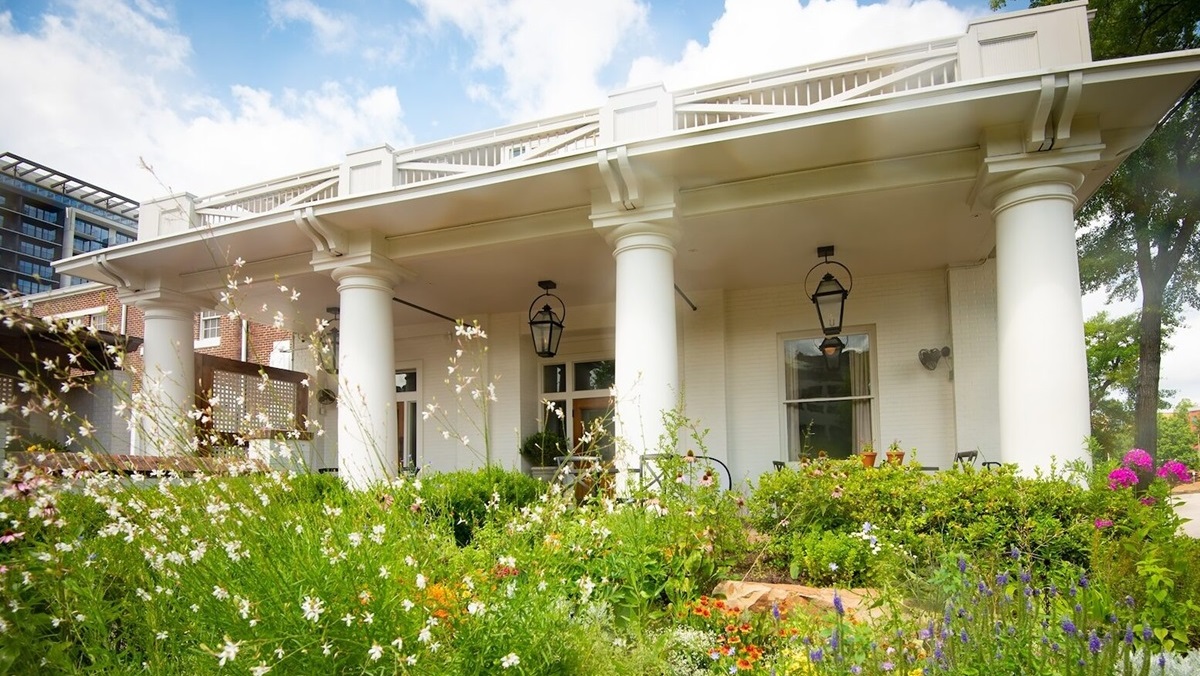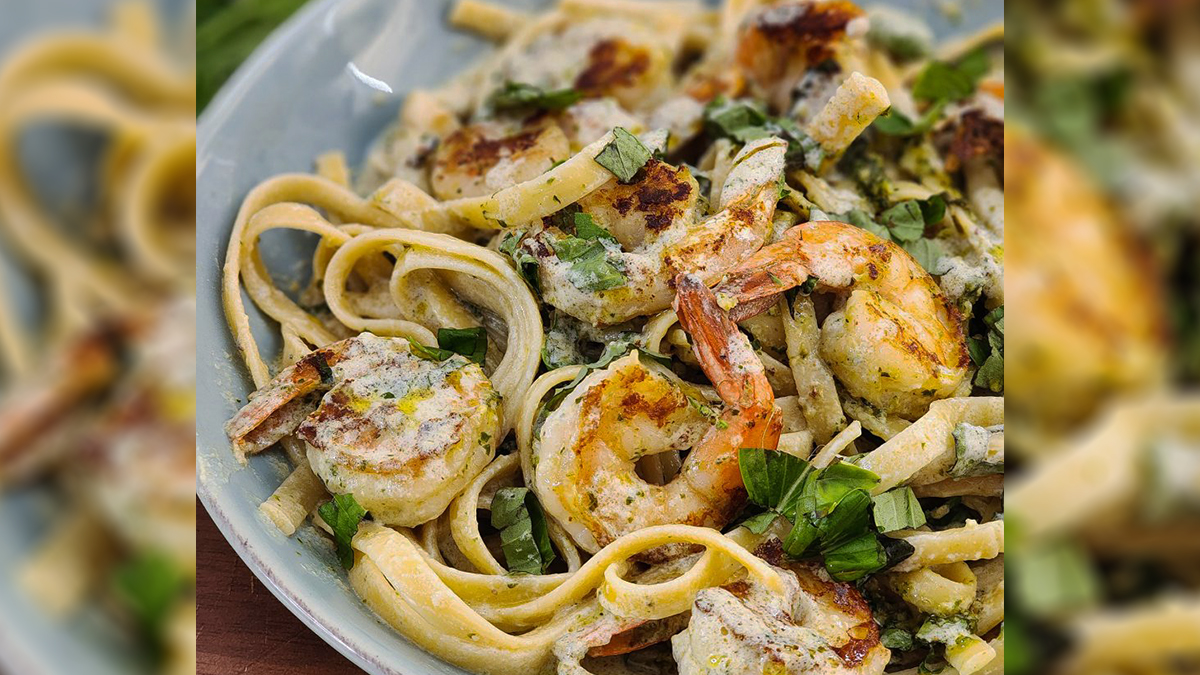Artist Garland Farwell felt the staying power of York, Alabama
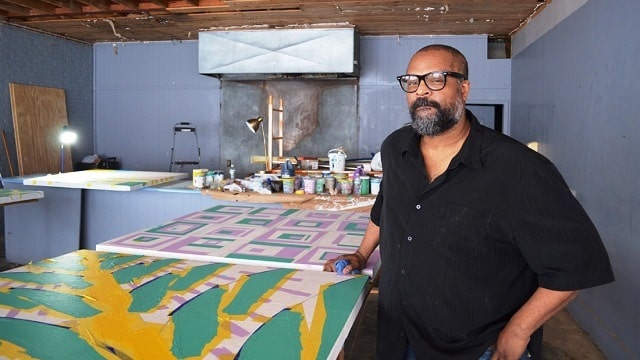
Garland Farwell in his studio in York. The Los Angeles native and sometime New Yorker found both ample materials and inspiration for his work in the small Alabama town. (Anne Kristoff/Alabama NewsCenter)
Most artists spend their lives trying to get to New York or Los Angeles. For Garland Farwell, it was the opposite. For the Los Angeles native, and sometime New Yorker, light bulbs of inspiration and curiosity went off when he started thinking about the South.
He took to Google to explore his options and found an artist residency offered by The Coleman Center for the Arts in York, a tiny town in west Alabama, 7 miles from the Mississippi border. He was accepted and packed his bags, expecting to visit long enough to complete the two-month gig. Nine years later, he’s still there.
“The minute I drove into town I knew that this was where I wanted to stay,” he said. “The feeling of, ‘this is what I’ve been looking for and didn’t even realize it.’”
For his residency, Farwell took the work of Alabama artist Mose Tolliver and created community projects that reimagined Tolliver’s work as sculpture, installation and giant puppets.
Soon thereafter, he donned his “artist for hire” hat and began teaching in schools and doing murals around town as well as getting commissions. Starting on Sept. 22, he will lead a program at the Coleman Center called the Sumter County Drawing Experiment. The project runs through Nov. 30 and includes a number of public events – a pop-art Art Party, a Shadows and Light event with music and subliminal sounds, the multiblock Biggest Drawing in Alabama, and a 12-hour Sumter County Drawing Marathon.
Bigtown artist Garland Farwell found his muse in smalltown York, Alabama from Alabama NewsCenter on Vimeo.
Farwell works in a variety of mediums. He loves quilt patterns and will be doing a barn quilt trail with neighboring Choctaw County soon. He also loves radial designs and is obsessed with and can’t stop making hex signs. He’s also passionate about refurbishing and upcycling bicycles and wants to start a bike-share program.
Generally, Farwell loves resurrecting old things and giving them new life, which probably explains why he’s so drawn to York.
York is fairly depressed economically. The only grocery story in town shut down last year and then a bunch of the buildings in the main business district burned down. There are not many jobs unless you can commute to nearby Livingston, Alabama or Meridian, Mississippi. But depressed does not equate to despair. “It is a place of great community and families,” he said. “There are a lot of positives. People are building from here and it’s fine. It’s gonna come up. You feel it.”
What York also has is a world-class art hub. Founded by York native Tut Altman Riddick in 1985, the Coleman Center provides community-based arts programs and exhibits throughout the year as well as classes for kids and a community garden. Its residency program attracts inventive artists from around the world, like Matthew Mazzotta, who created Open House, literally a small wooden house that transforms into an open-air theater.
Aside from the Coleman Center, York is anchored by Larkin’s Restaurant, which is run by the absolute nicest people you’ll ever meet and easily earns its place on the State of Alabama’s list of 100 Dishes to Eat in Alabama Before You Die. York is also the home of Tee’s Lounge, a “21st Century Juke Joint” immortalized by two posters – “Ladies, no fighting in the bathroom” and “Be grown or be gone!” – created by artist Amos Kennedy.
And then there’s Farwell’s space. Last year he bought a building near the burned down section of Broad Street. It pretty much backs up to Tee’s and runs alongside the train tracks, which makes it fun to do an interview since the train with its piercingly loud whistle sounds off multiple times an hour every day. Farwell calls that a “York moment,” when the train comes through and everything in town comes to a halt.
Right now, the building houses Farwell’s studio and is a place to show his work. He hopes to turn it into a lounge/hangout spot with a place to eat, gallery space and whatever else will fit. Things will unfold intuitively. He’s also launching a website called South 17 this fall that puts all his projects under one digital roof and will help promote other local and outsider artists.
People often ask Farwell where he’ll be going next, and the answer is nowhere.
“I wake up every day very happy to be waking up in York,” he said.














